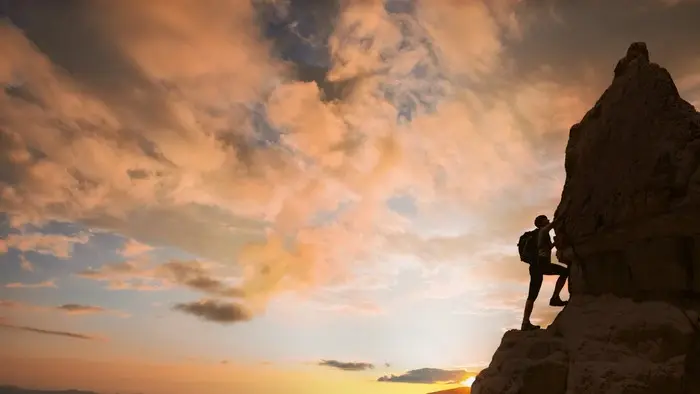How to Create Business Stories That Make Your Clients Love You
Unearthing a memorable or impactful story is not easy - especially for businesses. And yet within every business are dozens of stories, it just takes...
3 min read
 Steve Mulholland
:
June 25, 2024
Steve Mulholland
:
June 25, 2024
The term "documentary" can evoke a variety of images.
Many among the content-consuming public might envision the latest from Ken Burns or American Experience, replete with scholarly talking heads, black and white photos of politicians, and grainy footage of warships and battlefields.
Others may think of news magazine shows like 60 Minutes or 48 Hours, with a full complement of investigative reporting and highly-produced interviews.
But documentaries cover far more than just history, war, and politics. Documentary storytelling can be compelling and informative across a wide range of topics. Just turn on your smart TV; streaming services like Netflix, Hulu, and Amazon Prime have fueled a renaissance in the genre, producing captivating stories on everything from true crime to rock legends.
With so many applications, what exactly defines a documentary?
From a video production standpoint, think of documentaries simply as unscripted content, free from adhering to written lines for the principal characters at the time of filming. Everything that is captured by the cameras is inherently spontaneous and unrehearsed.
This method of storytelling stands in stark contrast to the scripted approach used in most films, television dramas, and comedies.
It is this undeniable authenticity which not only defines documentary form, but makes it the ideal approach for telling the story of your organization.
Consider this: Would an audience respond better to a scripted message, carefully crafted and approved by multiple levels of your organization, or to genuine thoughts, emotions, and insights, even if they're a bit unpolished?
Audiences today are savvy. We're bombarded with messages daily, and we can easily distinguish between the inauthentic and the sincere. We can tell the difference between a video inspired by a company manual and one featuring a charismatic thought leader within your organization.
Or maybe you wish to feature a satisfied client in your documentary, eager to share their story about their partnership with your organization. Do you want them reading scripted lines or sharing their authentic experiences about how your product or service made a difference?
The key difference between scripted and unscripted (documentary) storytelling lies in the order of the process.
With scripted content, the story is developed before filming begins. Your video producer or writer will meticulously craft the perfect message, ensuring it's precise and on-brand. Once the script is finalized, the story is locked in. Filming is simply the process of capturing the script in visual form, while the ensuing edit process focuses on shot selection, pace, and timing. By the time editing is complete, the story is already there.
With unscripted storytelling, the process is reversed.
Documentaries involve casting a wide net during filming. The goal is to capture everything: interviews, different perspectives on a topic or issue, and a wealth of visual material to build the story after filming is complete.
A skilled documentary storyteller will sift through all the footage, find the most compelling moments, select the most insightful commentary, and craft the final story from this vast pool of material. When done right, the editing weaves all this unrehearsed, real-life footage into a captivating narrative.
It’s important to note, unscripted doesn't mean unstructured, and there's still planning involved before the cameras roll.
A good story requires preparation, and knowing what you want to say before you invest time and money in filming. You or your production partners will want to create a story outline before filming begins. This outline can be simple or detailed, but it should cover all the topics you want to explore.
Documentaries feature real people, not actors. They share their thoughts and insights in unrehearsed interviews based on the questions you ask them. Once you have a story outline, draft thought-provoking questions that tie back to the outline. Be sure to avoid questions that elicit yes-or-no answers and always be prepared to follow up on interesting responses during your interviews.
Include a “shot list” along with your story outline. This is a list of the visuals (B-roll) you hope to capture while filming. Effective planning enables you to maximize your production resources by having a plan for both the story structure and the visuals you want to include.
Regardless of a scripted or unscripted approach, compelling content requires a clear point of view, a message you want to communicate, and a reason for sharing it with your audience.
When it comes to your story, relevance starts with knowing your audience and making them the focus. What are their dreams, fears, and challenges? How can your message compel them to learn more about your organization?
Powerful stories, authentically told, are the ingredients for a compelling message. And the documentary process is an effective way to harness that message and share your organization's story.

Unearthing a memorable or impactful story is not easy - especially for businesses. And yet within every business are dozens of stories, it just takes...

Fake news is a real problem — and not just for journalists. Look no further than a new survey that says 75-percent of Americans find it difficult to...

It’s an art form as old as time.